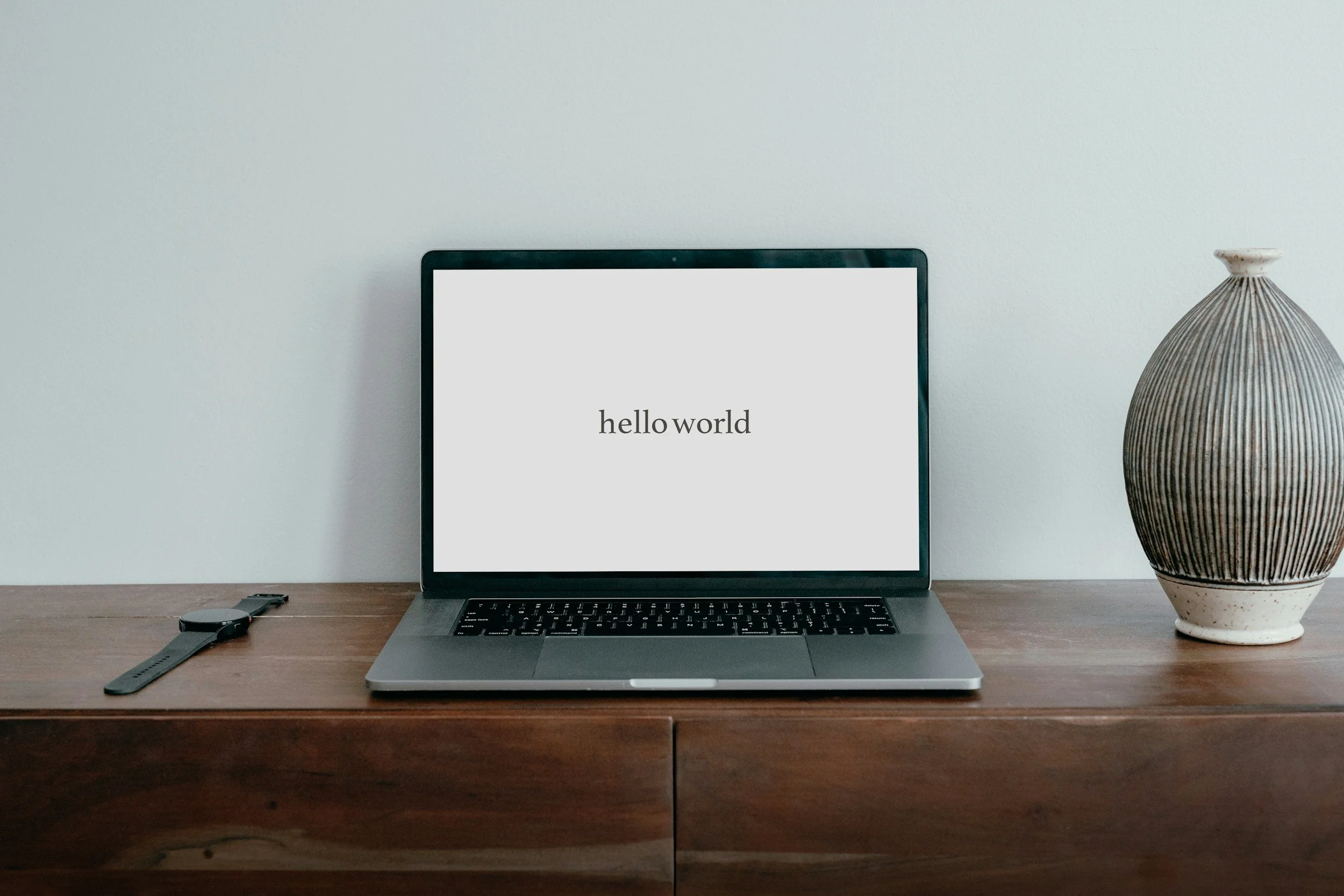CS 161 - Module 2: Print Statements & Types
1. Introduction – Why Do We Care About Input and Output?
Programming isn’t just about writing code—it’s about making a computer communicate with humans. That’s where input, output, and basic operations come in. Whether printing text, displaying results, or accepting user input, mastering these basics sets the foundation for everything else in programming.
Key Takeaways:
Learn how to use the print() function to display output.
Understand Python data types like integers, floats, strings, and Booleans.
Explore how Python stores and processes values.
Try hands-on exercises to reinforce these concepts.
💡 Fun Fact: Computers don’t actually understand words—just numbers. So when you write code, you're basically translating human thoughts into machine gibberish.
2. The print() Function – Your First Step in Python
The print() function is how we make computers talk back to us (without them developing sentience—hopefully). Just put what you want displayed inside parentheses, and Python will obediently print it to the screen.
Example:
print("Hello, world!")
Printing Different Data Types
You can print numbers, text (strings), and even multiple values at once.
print(135.682) # Prints a floating-point number
print("pi =", 3.14159) # Prints a string and a number
💡 Takeaway: Python automatically adds spaces between multiple values when printing them. Think of it as being polite by default.
3. Understanding Data Types in Python
Python is very particular about what kind of data you’re using—kind of like a picky eater but with numbers and text. Let’s break down the most important types.
3.1 Integers (int)
Whole numbers without decimal points.
In Python 3, integers can be as large as your computer’s memory allows (so, basically infinite).
print(42) # Integer example
3.2 Floating-Point Numbers (float)
Numbers with decimal points.
Can also be written in scientific notation (because writing out 12 zeros is exhausting).
print(3.14159) # A standard float
print(1.2e7) # Scientific notation (1.2 × 10^7)
print(-3.27E12) # Large negative float
💡 Fun Fact: Floats are stored as binary fractions, meaning some decimal values (like 0.1) can’t be represented exactly. So if Python ever tells you 0.1 + 0.2 != 0.3, it's not broken—it's just mathematically inconvenient.
3.3 Strings (str)
A sequence of characters enclosed in quotes (single or double).
Can contain letters, numbers, symbols, and spaces.
print("This is a string.")
print('Strings can use single or double quotes.')
Handling Quotes Inside Strings
Want to include quotes inside your string? Python gives you two options:
print('She said, "Hello!"') # Using single quotes
print("She said, \"Hello!\"") # Using escape character
💡 Reminder: If you forget to escape a quote, Python will complain—loudly.
3.4 Boolean Values (bool)
Booleans have only two values: True and False.
Always capitalized in Python (no lowercase nonsense here).
print(True)
print(False)
💡 Takeaway: Booleans are perfect for decision-making in programming. Also great for settling debates: print(2 + 2 == 5) # False.
4. Determining Data Types with type()
Want to check what Python thinks about a value? Use type().
print(type(4)) # Output: <class 'int'>
print(type(4.0)) # Output: <class 'float'>
print(type("4")) # Output: <class 'str'>
print(type(False)) # Output: <class 'bool'>
💡 Reality Check: Just because "4" looks like a number doesn’t mean Python treats it that way. Strings and numbers are not the same.
5. Interactive Learning & Challenge
Want to see what’s really happening behind the scenes? Try these exercises in Python Tutor (pythontutor.com) and watch Python execute your code step by step.
Exercises
1. Print a float value:
print(290.73)
✅ Expected Output: 290.73
2. Print a string with quotes inside:
print("He replied, \"Never mind,\" and shut the door.")
✅ Expected Output: He replied, "Never mind," and shut the door.
3. Print a Boolean value:
print(True)
✅ Expected Output: True
4. Use type() to check an integer:
print(type(99))
✅ Expected Output: <class 'int'>
5. Use type() to check a string:
print(type("What is your quest?"))
✅ Expected Output: <class 'str'>
💡 Challenge Yourself! Try experimenting with different values in Python Tutor and see what happens. If you break something, well… that’s part of learning.
6. Reflection: What We Learned
print() is how Python communicates with us humans.
Python has several data types: int, float, str, and bool.
Integers are whole numbers, while floats have decimals.
Strings store text, and Booleans are either True or False.
The type() function tells us what kind of data we’re dealing with.
7. Conclusion & Call to Action
Now that you know the basics of print statements and data types, it’s time to start experimenting! Try modifying the examples, run them in Python Tutor, and see what happens.
💡 Question for You: What’s the most annoying thing about data types? (I vote for float rounding errors.) Drop a comment—I’d love to hear your thoughts! 🚀

